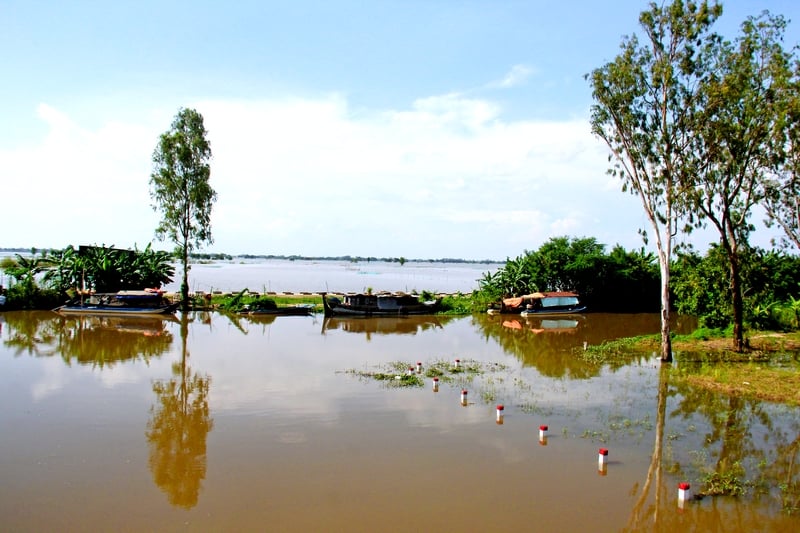
People in the Mekong Delta are looking forward to having "beautiful floods" this year.
This causes the flood flow upstream to the headwaters of the Mekong River at Tan Chau and Chau Doc to continue to increase next week.
The Southern Institute of Water Resources Planning forecasts that in the coming days, water levels at stations on the mainstream of the Mekong River such as Kratie and Prek Kdam will tend to increase sharply; the highest daily water levels at Tan Chau and Chau Doc will tend to increase; rainfall in the lower Mekong River basin will be high and tend to increase due to the impact of storm No. 4; rainfall in the Mekong Delta will be moderate and tend to increase; tides will be low and tend to increase next week. Some stations along the main river will have water levels exceeding alert level III during the high tide period from September 19-23, including Can Tho, My Thuan (Vinh Long), and My Tho (Tien Giang) stations.
This agency recommends that localities need to be on guard against flooding due to heavy rains combined with high tides from September 19-22. Especially in Can Tho City, Vinh Long, Ben Tre, Tra Vinh...
The West is waiting for the flood
In the Mekong Delta region in recent years, the reality is that while the fields of An Giang, Dong Thap, and Long An provinces are almost "flood-starved", large cities in the downstream of the Mekong River such as Vinh Long City, Can Tho City, etc. are flooded due to high tides.
For example, last year's flood season was considered a "relatively mild flood season", with some upstream areas in An Giang province releasing floodwaters but the water level in the fields was low.
From the research process, Associate Professor, Dr. Le Anh Tuan - scientific advisor of the Institute of Climate Change Research (Can Tho University) concluded: Over the past 10 years, large floods in the Mekong Delta have clearly decreased, while low and medium floods have increased.
The cause is partly due to low water levels from the upper Mekong River, and partly due to global factors such as the El Nino phenomenon.
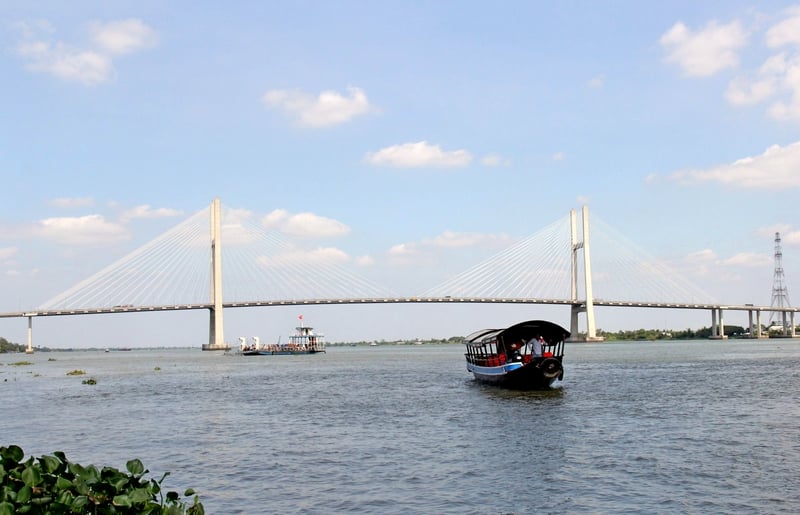
Flood water levels in the upper Mekong River continue to rise rapidly.
This situation will occur once every 4 years in 2016, 2020 and then in 2024 El Nino has appeared. And according to the rule, the year with low floods, the next year will be dry. Low floods mean less fish and silt, which leads to a decline in tourism activities.
According to Associate Professor Dr. Le Anh Tuan, in addition to strengthening adaptation measures, increasing water storage is also a necessary measure. Although the flood is low, the water volume in the Mekong Delta is still higher than in some other regions.
Mr. Tuan believes that areas that produce 3 rice crops per year should not expand production, and areas that are not favorable should return to producing 2 rice crops per year, using the remaining crop to “soak in water”. The conversion of agricultural production also needs to ensure harmony and diversification of cultivation, typically the rice-shrimp model.
With the stormy weather and flood discharge from upstream hydroelectric dams, the water level in the Mekong Delta will certainly be higher than in previous years.
Associate Professor, Dr. Le Anh Tuan said: "We should not be too worried, on the contrary, this is good news for the Mekong Delta because for many years there have only been low or average floods. Hopefully this year the floods will be better, which will have a very good impact on the ecological environment and bring shrimp and fish resources to people's lives."
Farmers in the West wait for water to bring alluvium to nourish their fields, creating favorable conditions for shrimp and fish to reproduce during the flood season.
Water also helps clean the fields, kill harmful insects, and remove acidity and alum. People hope for a “beautiful flood” season, not a sudden flood but a gradual rise in water that floods the fields, which is very good for the ecosystem and people’s livelihoods.
According to the Southern Institute of Irrigation Planning, the total area sown for the Summer-Autumn crop in the Mekong Delta is 1,469,066 hectares. To date, the harvested area is about 1,148,848 hectares, reaching 78%, of which Vinh Long, Can Tho, An Giang and Dong Thap have completed the harvest. The plan to sow the Autumn-Winter crop in 2024 is 700,000 hectares, 6% lower than in 2023. To date, 576,035 hectares have been sown. 6/13 provinces have harvested about 50,597 hectares, including Long An, Vinh Long, Dong Thap, An Giang, Kien Giang and Can Tho.
Source: https://danviet.vn/nuoc-song-me-kong-duc-ngau-cuon-cuon-chay-ve-dau-nguon-song-cuu-long-don-lu-dep-ca-dong-ngon-20240923235235778.htm








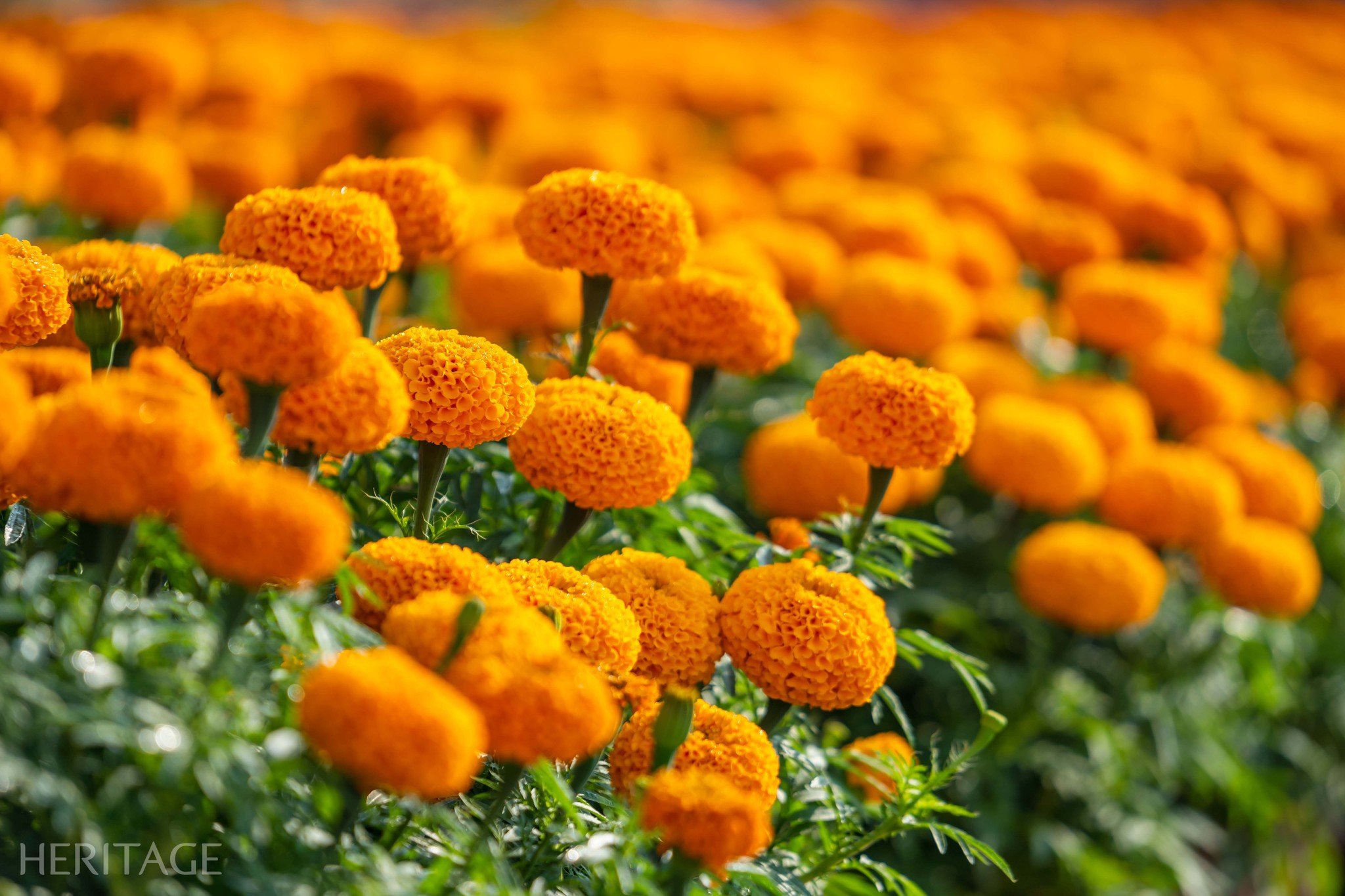

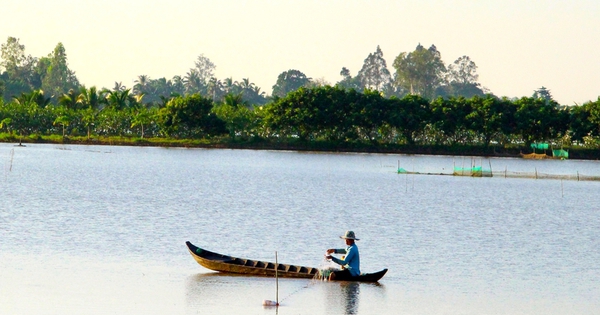


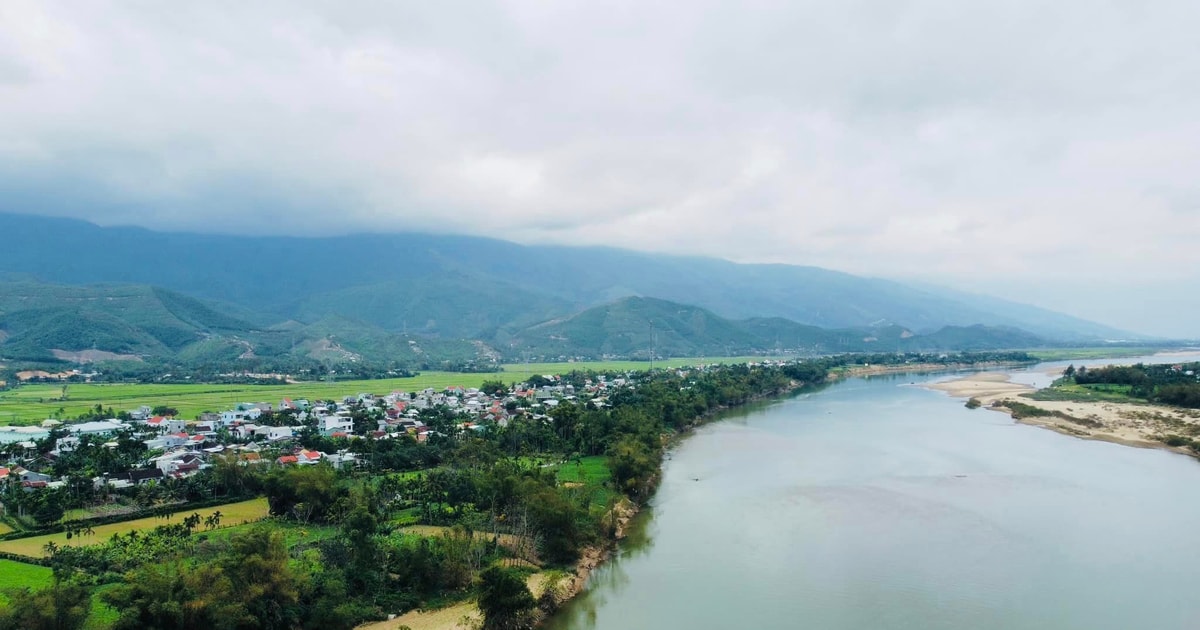
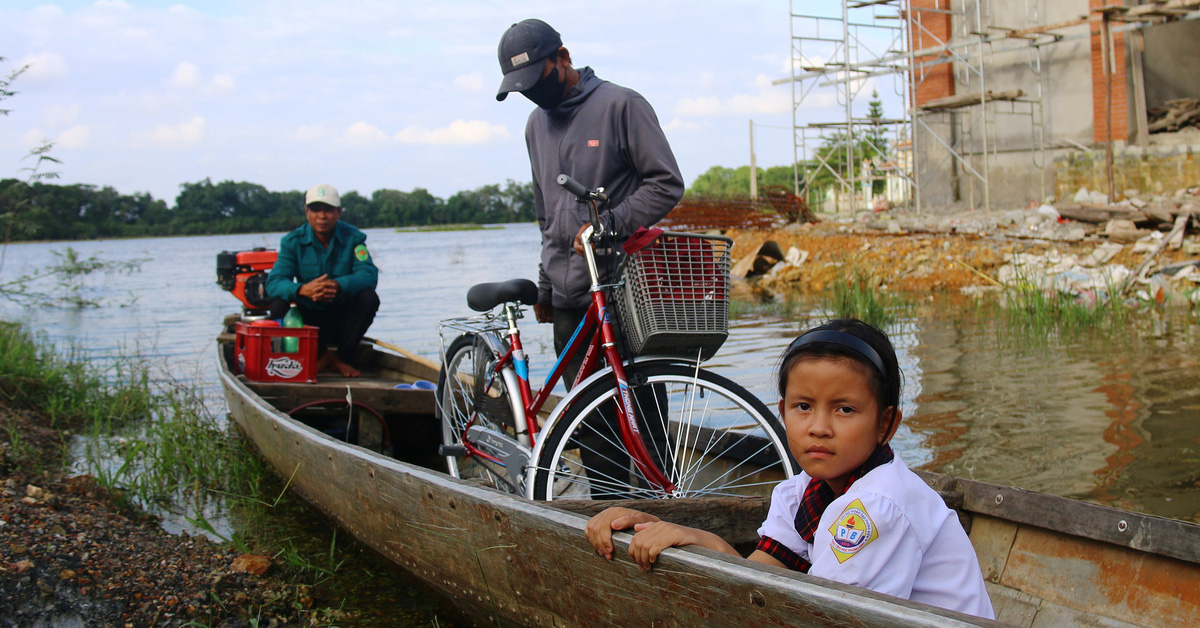

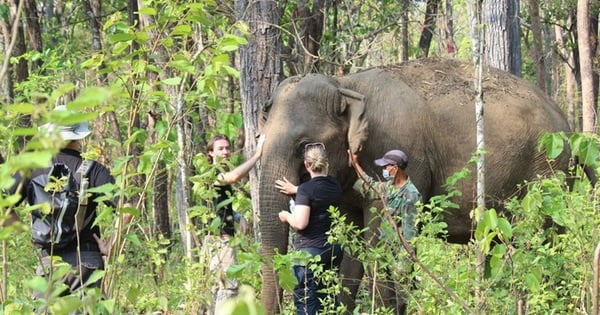
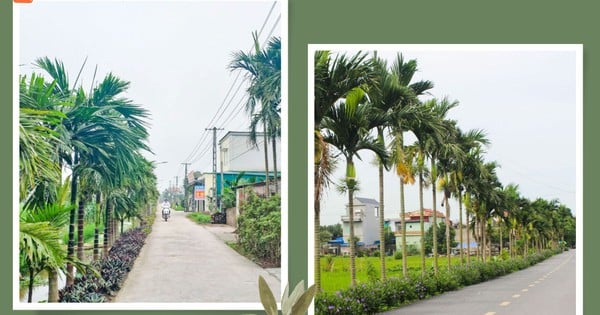
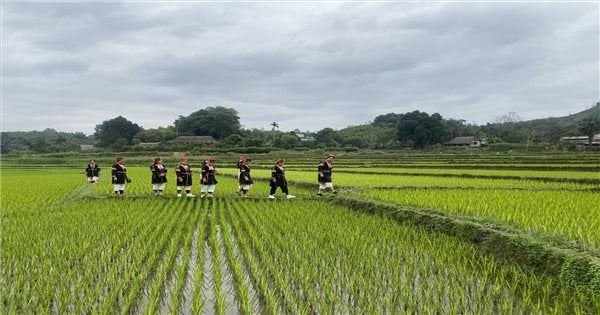

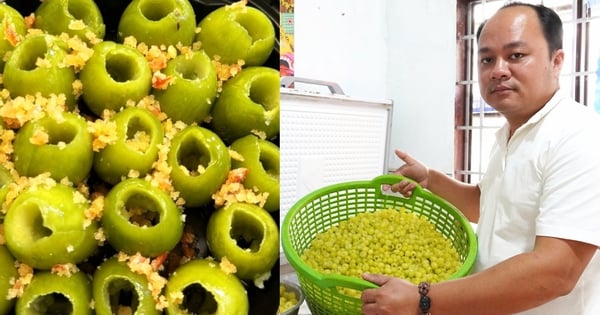
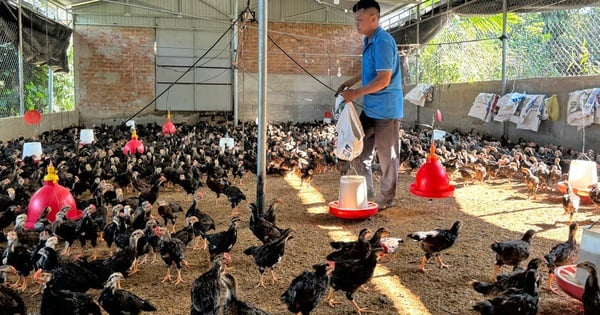
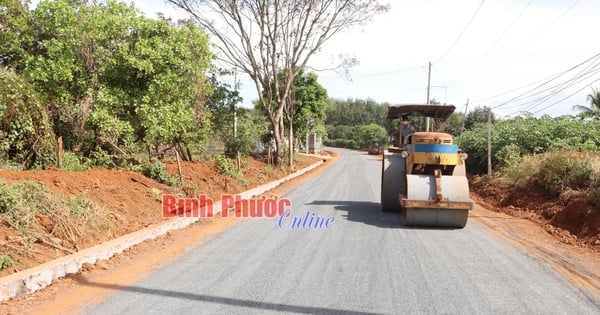














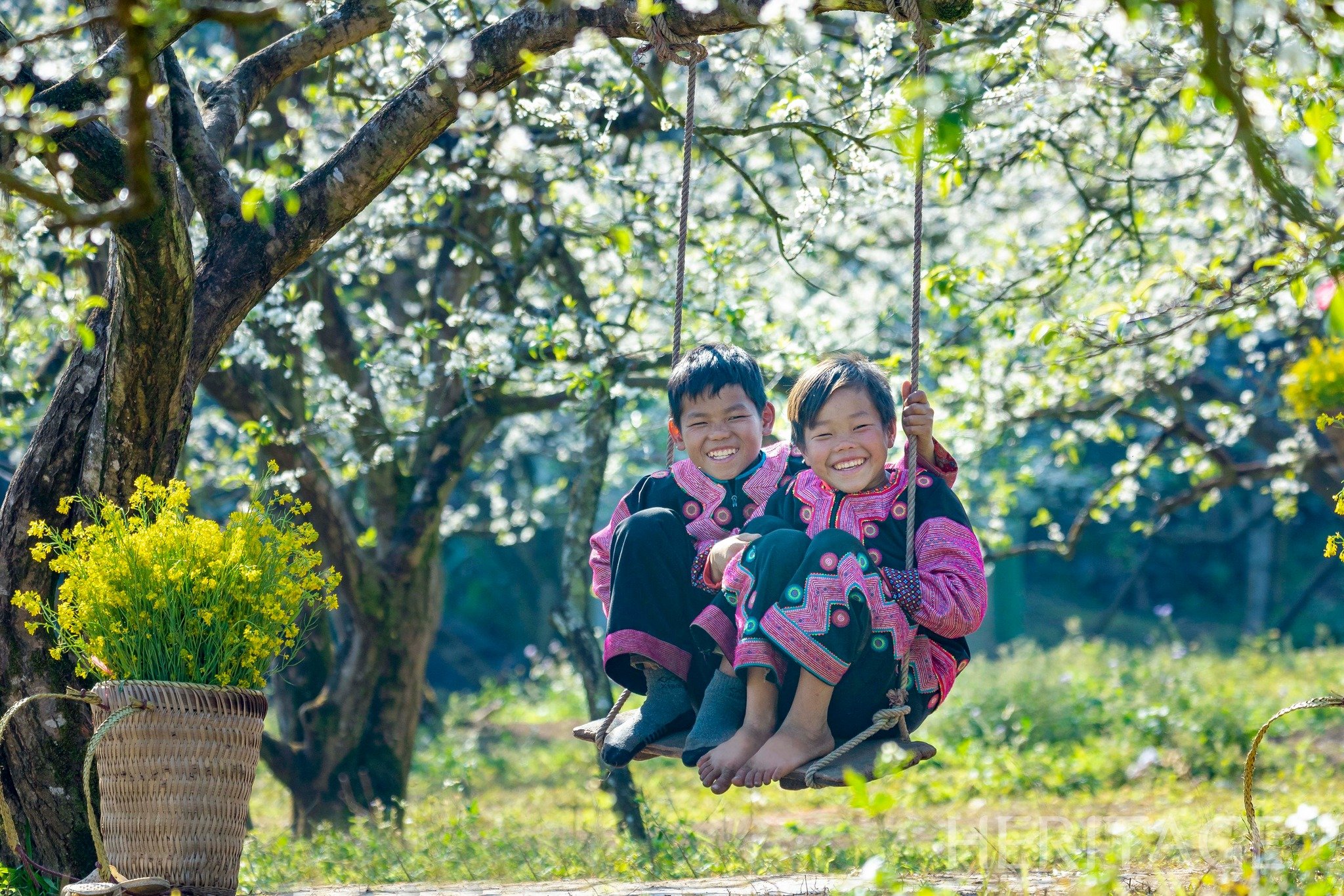
Comment (0)